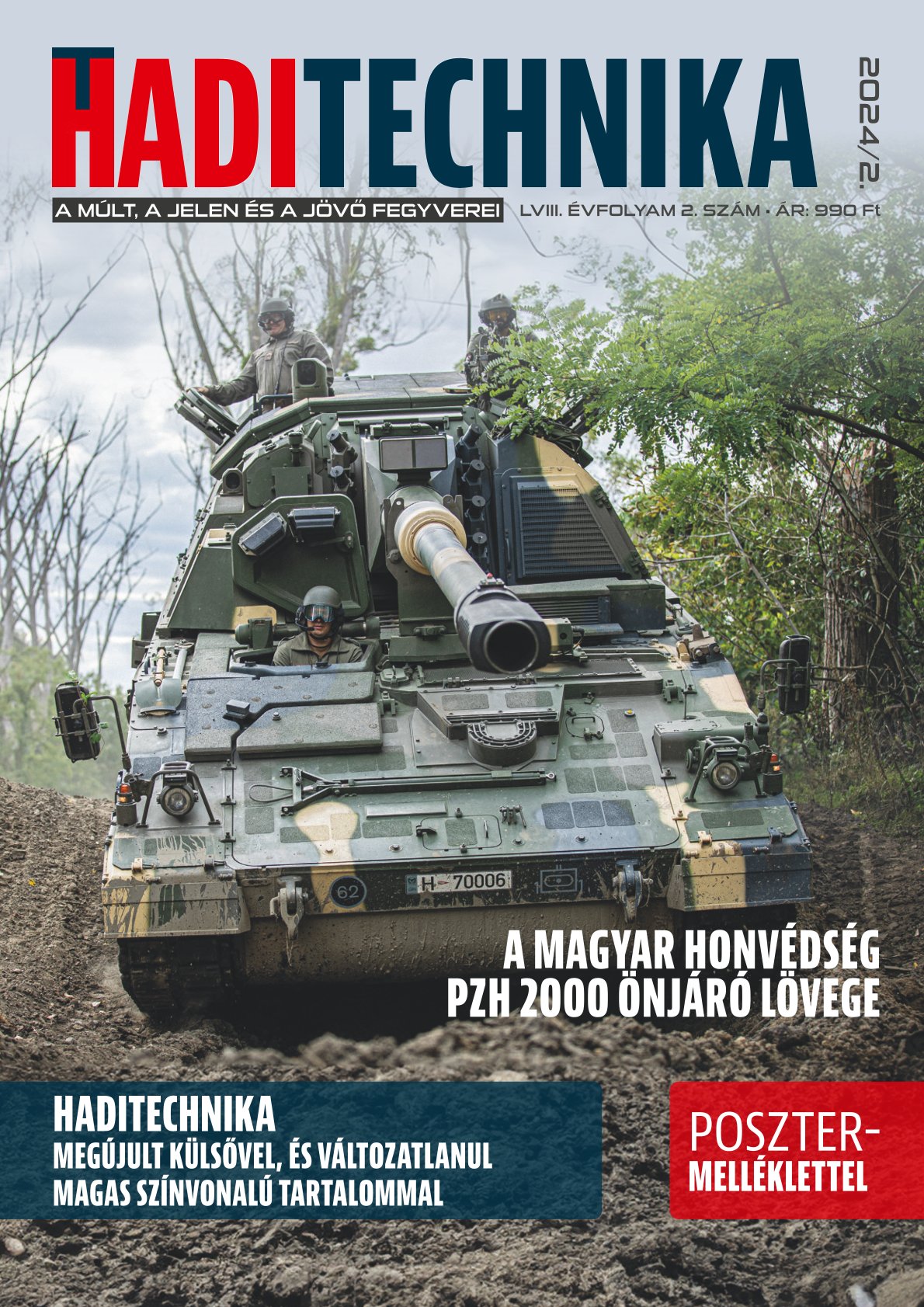UAV-operátorok által létrehozott hosszúperiodikus, divergáló lengések
DOI:
https://doi.org/10.23713/HT.58.2.01Kulcsszavak:
humán operátor, UAV, PIO, PIO-kategóriák, stabilitásvizsgálat, minőségvizsgálatAbsztrakt
A humán operátorok a légi járművek irányítása során akaratlanul is létrehozhatnak olyan divergáló, instabil lengéseket (Pilot-Induced Oscillation – PIO), amelyek akár a légi jármű komoly sérüléséhez, vagy esetleg az elvesztéséhez is vezethetnek. A hagyományos légi járművek PIO-jelenségeit már régóta vizsgálják a szakemberek, de a pilóta nélküli légi járművek (Unmanned Aerial Vehicle – UAV) PIO jelenségei csak nemrég kerültek a tudósok látókörébe. Ily módon, az UAV-k rohamos elterjedésének is köszönhetően, ez a terület a jelen és a közeljövő ígéretes kutatási területe, amelynek eredményeit az UAV-alkalmazók, és főleg az UAV-operátorok hathatósan tudják majd felhasználni.
Hivatkozások
McRuer, D. T., Krendel, E. S. 1957. Dynamic Response of Human Operators, WADC Technical Report, pp. 56–524, https://doi.org/10.21236/AD0110693;
Ashkenas, I. L., Jex, H. R., McRuer, D. T. 1964. Pilot-Induced Oscillations: their Cause and Analysis. US Department of Commerce, National Technical Information Service, AD-481 994;
McRuer, D. T., Graham, G., Krendel, E., Reisener, W. 1965. Human Pilot Dynamics in Compensatory Systems. US Government Report, AFFDL-TR-65-15, https://doi.org/10.1109/THFE.1965.6591261;
Bekey, G. A. 1969. The Human Operator in Control Systems. University of Southern California, USCEE Report 359;
McRuer, D. T., Krendel, E. S. 1974.Mathematical Models of Human Pilot Behavior. NATO AGARD-AG-188;
McRuer, D. T. 1995. Pilot-Induced Oscillations and Human Dynamic Behavior. NASA TSD-93-STI-2806;
Klyde, D. H., McRuer, D. T., Myers, T. Z. 1995. Unified Pilot-Induced Oscillation Theory. Volume I: PIO Analysis with Linear and Nonlinear Effective Vehicle Characteristics, Including Rate Limiting. Wright Laboratory, WL-TR-96-3028;
Katayanagi, R. 2001. Pilot-Induced Oscillation Analysis with Actuator Rate Limiting and Feedback Control Loop. Trans. Japan Soc. Aero. Space Sci., Vol. 44, No. 143, pp. 48–53, https://doi.org/10.2322/tjsass.44.48;
MIL-HDBK-1797A, Notice3, Flying Qualities of Piloted Aircraft, USA MoD, Interface Standard, p 849, 2004.;
Wang, C., Santone, M., Cao, C. Pilot-Induced Oscillation Suppression by Using L1 Adaptive Control. Hindawi Publishing Corporation, Journal of Control Science and Engineering Volume 2012, Article ID 394791, p 7, https://doi.org/10.1155/2012/394791;
Mandal, T., Gu, Y., Chao, H., Rhudy, M. Flight Data Analysis of Pilot-Induced Oscillations of a Remotely Controlled Aircraft. AIAA 2013-5010, AIAA Guidance, Navigation, and Control (GNC) Conference, August 19-22, 2013, Boston, MA, USA.;
Wael, A., Omar, A., Satam, I.A. 2015. Developing Google Areal Images Using Flying Robot with Specified Path. LAP Lambert Academic Publishing House, Saarbrücken, Germany, ISBN 3659770817;
Wael, A., Omar, A., Satam, I. A. 2015. Effect of Path Planning on Flying Measured Characteristics for Quadcopter Using APM2.6 Controller. International Journal of Engineering Trends and Technology, Vol. 23, Issue 7, pp. 329–334, https://doi.org/10.14445/22315381/IJETT-V23P262;
Mandal, K. T., Gu, Y. 2016. Analysis of Pilot-Induced Oscillation and Pilot Vehicle System Stability Using UAS Flight Experiments MDPI Aerospace, 2016, 3, 42, https://doi.org/10.3390/aerospace3040042;
Tohidi, S., Yildiz, Y. 2020. Adaptive Control Allocation: A Human-in-the-Loop Stability Analyis. IFAC-PapersOnLine, https://doi.org/10.1016/j.
ifacol.2020.12.1760;
Forrás: https://nari.arc.nasa.gov/sites/default/files/attachments/Yu_Gu.pdf Letöltve: 2023.3.3.






